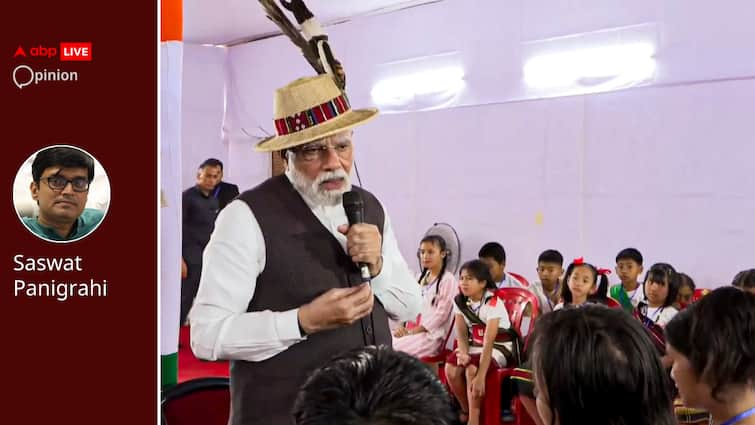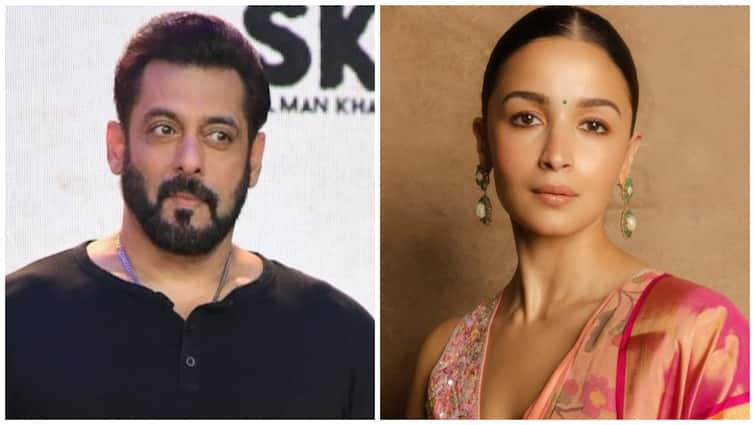As Prime Minister Narendra Modi celebrates his 75th birthday, one question echoes louder than the cheers: What makes PM Modi one of the best communicators in the world today? In an era of fragmented media, fleeting attention spans, and noisy digital democracies, PM Modi has achieved what no other statesman of our times has — turning communication into both an art and a weapon of governance.
This is not accidental. It is crafted, tested, and lived. PM Modi communicates not merely through words, but through symbols, silences, gestures, and an instinctive grasp of what Canadian philosopher Marshall McLuhan once said: “The medium is the message.”
Storytelling As Statecraft
Every leader tells stories. Few make nations feel they are living inside those stories. Modi does. Whether it is invoking the ancient spirit of Vishwaguru Bharat or narrating the struggles of his childhood, his words blur the boundary between the personal and the political. His 2014 campaign slogan, “Achhe Din Aane Wale Hain”, was a vision sold not as a manifesto, but as a lived promise.
This is where the communication theory Narrative Paradigm, developed by American academic Walter Fisher, fits perfectly. According to Fisher, humans are storytelling beings, and we judge communication on coherence and fidelity. PM Modi’s narratives — be it ‘Mann Ki Baat’, ‘Startup India’, or ‘Amrit Kaal’ — are coherent, culturally rooted, and emotionally faithful to Indian audiences. That is why his words do not feel alien.
Directness In A Mediated Age
The Two-Step Flow Theory of communication, jointly developed by Elihu Katz and Paul F. Lazarsfeld—two American sociologists — argued that mass media influences people through opinion leaders. PM Modi redefined this. He cut out the middlemen—the traditional gatekeepers of media — by speaking directly to the masses. His ‘Mann Ki Baat’ is the most successful radio broadcast in independent India, bypassing both press filters and elite intellectual interpreters.
On social media, his presence is unmatched. With over 200 million combined followers across platforms, he shapes narratives in real time. His X posts are not just updates but agenda-setters. When PM Modi changes his display picture to the tricolor, millions follow suit. That is not just communication. It is cultural orchestration.
Agenda Setting Beyond Newsrooms
The Agenda-Setting Theory, jointly developed by American journalist Maxwell McCombs and American social scientist Donald Shaw, tells us that the media may not dictate what people think, but it powerfully shapes what people think about. PM Modi turned this theory upside down. He does not wait for the media to set the agenda; he sets it himself.
Demonetization in 2016 was not first explained through press conferences. PM Modi went live and told the nation himself, controlling the narrative before the media could frame it. During COVID-19, his “taali-thaali” appeal shaped behaviour at the micro level, not because the media asked citizens to do it, but because his communication made it a national ritual.
Symbolism As Semiotics
PM Modi’s genius lies in understanding semiotics — the study of signs and symbols. His attire is not incidental. The saffron shawl at Kedarnath, the Sambalpuri jacket, the Manipuri scarf, the Tamil angavastram—each is a communicative act, a signifier of unity in diversity.
Even for PM Modi, silence becomes a tool. After the 2019 Pulwama terror strikes, he did not rush into words. He let his silence thicken the air, allowing the eventual “Surgical Strike” narrative to thunder louder. Silence, here, was louder than sound.
Cultivating An Image
According to Cultivation Theory, developed by American mass communicator George Gerbner, repeated media messages cultivate a particular worldview. PM Modi understands this. A leader of tireless stamina, the “56-inch chest” persona, the yogi rising before sunrise cultivates the perception of discipline, sacrifice, and rootedness.
This image is not episodic. It is consistent, and consistency breeds credibility. While Western leaders are often seen as aloof or over-scripted, PM Modi is both accessible and archetypal — a commoner who embodies uncommon strength.
Communication As Participation
The Uses and Gratifications Theory says audiences are not passive; they choose media to satisfy needs: information, identity, and social integration. PM Modi’s communication fulfils all. His ‘Mann Ki Baat’ provides moral instruction, social validation, and emotional reassurance. His digital initiatives give young Indians participation, making them feel stakeholders in governance. His slogan — Sabka Saath, Sabka Vikas, Sabka Vishwas — doubles as a participatory framework.
Global Stage, Indian Voice
On the global stage, PM Modi’s communication resonates because of authenticity. At the UN, he speaks in Hindi. At COP summits, he uses metaphors like “Mother Earth” that strike beyond policy. In a world used to sterile diplomacy, PM Modi’s language has moral clarity.
This connects to Framing Theory — developed by American sociologist Erving Goffman—the way issues are presented influences perception. PM Modi frames India not as a developing nation but as a civilizational power reclaiming its seat at the high table. This is why world leaders, from Trump to Putin, have acknowledged his charisma.
The Modi Model: Communication As Governance
PM Modi has blurred the line between communication and governance. For him, they are the same. According to Modi, policy must be communicated, lived, and believed. This explains why Swachh Bharat Abhiyan, a cleanliness drive, became a mass movement. It was not about sanitation policy; it was about PM Modi picking up the broom himself, a symbolic act that became contagious communication.
Political communication scholars call this the “performative turn,” where leaders do not just speak policies, they enact them symbolically. PM Modi is the prime exemplar of this.
At 75, Prime Minister Narendra Modi remains tireless, reinventing language, metaphors, and media tools. His ability to connect the hyper-local with the hyper-global makes him not just India’s leader but the world’s most effective communicator of our age.
His communication is proactive, layered, and enduring. It is as much about shaping perception as it is about shaping destiny.
At a time when the world yearns for decisive leadership, the Prime Minister stands firmly at the global centrestage.
In Modi’s journey from a humble tea-seller to the most powerful communicator in contemporary politics, there lies a profound lesson: Communication is not just about language. It is about authenticity, consistency, and cultural resonance.
As McLuhan said, “The medium is the message.” With Modi, the medium — be it radio, television, X, or silence — is Modi himself. The communicator and the communication are indistinguishable.
(The writer is a senior multimedia journalist.)
[Disclaimer: The opinions, beliefs, and views expressed by the various authors and forum participants on this website are personal and do not reflect the opinions, beliefs, and views of ABP Network Pvt. Ltd.]



